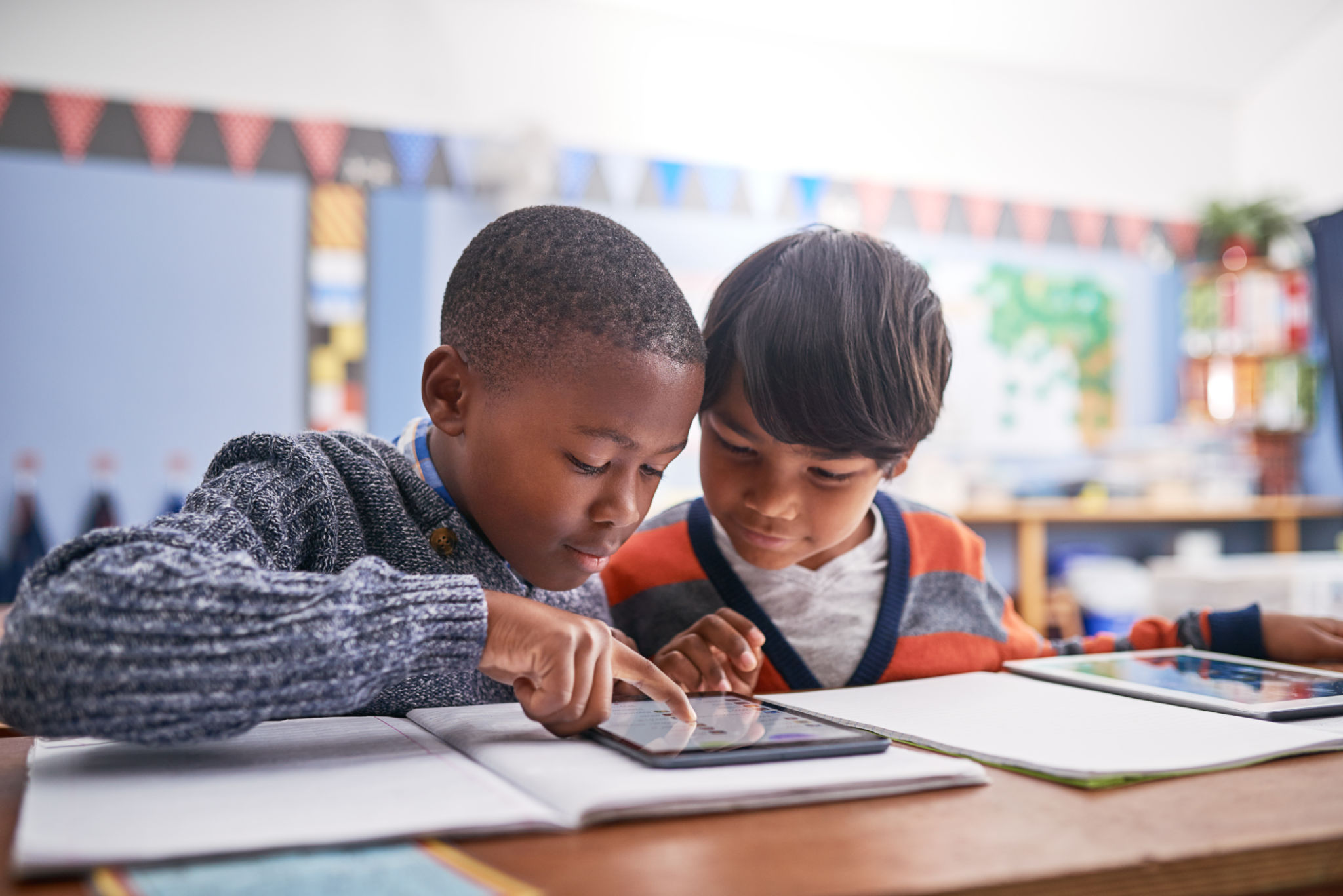Latest Trends in Literacy Education Technology
JT
Introduction to Literacy Education Technology
In recent years, technology has revolutionized various sectors, with education being no exception. Literacy education, in particular, has seen significant advancements due to the integration of new technologies. These innovations are not only enhancing the way educators teach but also transforming the way students learn.
The adoption of technology in literacy education is driven by the need to cater to diverse learning styles and improve engagement. From interactive apps to artificial intelligence, the tools available today are making literacy education more effective and accessible.

Interactive Learning Apps
Interactive learning apps have become a cornerstone in modern literacy education. These apps offer students an engaging platform to practice reading and writing skills. They often incorporate gamification elements, which make learning fun and competitive. For instance, platforms like Duolingo and Khan Academy offer interactive lessons that adapt to a student's learning pace.
Moreover, these apps can be accessed on various devices, allowing for learning on the go. This accessibility ensures that students can continue their literacy journey outside the traditional classroom setting, enhancing their overall experience.
Benefits of Gamification
Gamification in literacy apps provides several benefits. It increases motivation through rewards and challenges, encourages consistent practice by making learning enjoyable, and helps track progress with instant feedback. These elements are crucial in maintaining student interest and promoting continuous learning.

Artificial Intelligence in Literacy Education
Artificial Intelligence (AI) is another significant trend in literacy education technology. AI-powered tools are being used to personalize learning experiences by analyzing individual student data and adapting content accordingly. This personalization helps address specific learning needs and provides targeted support where necessary.
For example, AI-driven platforms can identify areas where a student struggles and suggest tailored exercises to improve those skills. This not only aids in faster learning but also boosts confidence as students see tangible improvements.
AI-Driven Assessments
AI is also being used to enhance assessments. Traditional assessments can be time-consuming and may not always provide a comprehensive view of a student's abilities. AI-driven assessments offer real-time insights and adapt to evaluate various competencies, providing a more holistic picture of student performance.

Virtual Reality and Augmented Reality
Virtual Reality (VR) and Augmented Reality (AR) are emerging as powerful tools in literacy education. They provide immersive learning experiences that can make abstract concepts more concrete. For instance, AR can bring stories to life by overlaying digital elements onto physical books, while VR can transport students into different environments to enhance comprehension and engagement.
These technologies have the potential to break down language barriers by offering visual context, making them particularly beneficial for English Language Learners (ELLs) and students with diverse learning needs.
Future of Literacy Education
As technology continues to evolve, the future of literacy education looks promising. Emerging trends like augmented storytelling, voice-activated assistants, and adaptive learning technologies are set to further transform the landscape. Educators who embrace these innovations will be better equipped to meet the needs of modern learners.
In conclusion, the integration of technology in literacy education is not just a trend but a necessary evolution. By leveraging these tools, educators can provide more personalized, engaging, and effective learning experiences that prepare students for a rapidly changing world.
